Adresse
304, rue Cardinal Nord
Centre Dorchester, MA 02124
Heures de travail
Du lundi au vendredi : 7h - 19h
Week-end : 10h - 17h
Adresse
304, rue Cardinal Nord
Centre Dorchester, MA 02124
Heures de travail
Du lundi au vendredi : 7h - 19h
Week-end : 10h - 17h
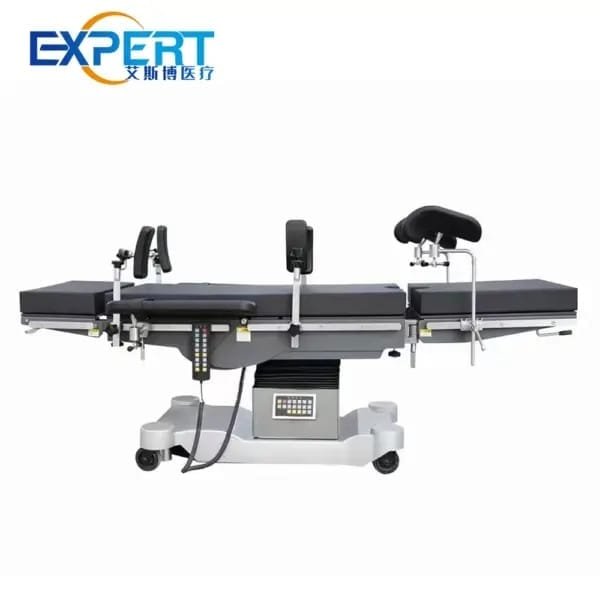
Dans ce blog, nous explorerons les considérations clés pour le choix d’une table d’opération, aidant les établissements médicaux à prendre des décisions éclairées.
Selecting the right operating table is a critical decision that can significantly impact the success of surgical procedures. The process of operating table selection involves evaluating various factors such as patient safety, surgical accessibility, and the specific needs of different medical specialties. A well-chosen operating table not only enhances patient comfort and safety but also improves surgical efficiency and outcomes. In this blog, we will explore the key considerations for operating table selection, helping medical facilities make informed decisions that benefit both patients and healthcare providers.
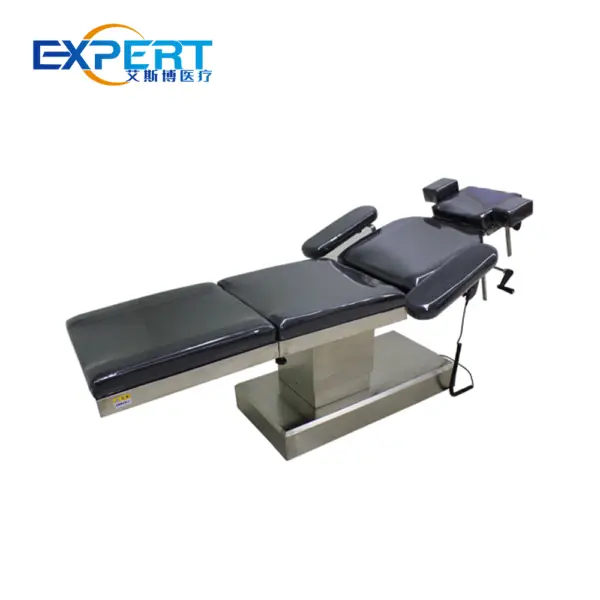
The selection of an operating table is a decision that impacts many aspects of surgical procedures. Here are a few reasons why operating table selection is vital:
Operating tables come in various types, each designed to meet specific surgical needs. Understanding the different types can aid in making the right selection:

-600x600.jpg)

.jpg)
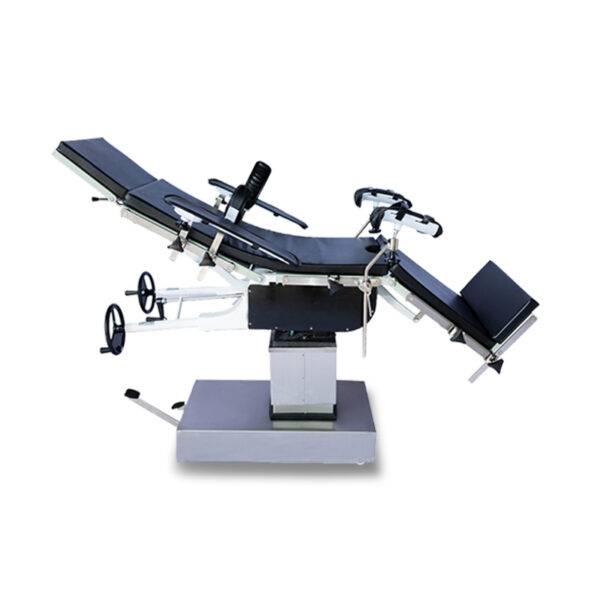

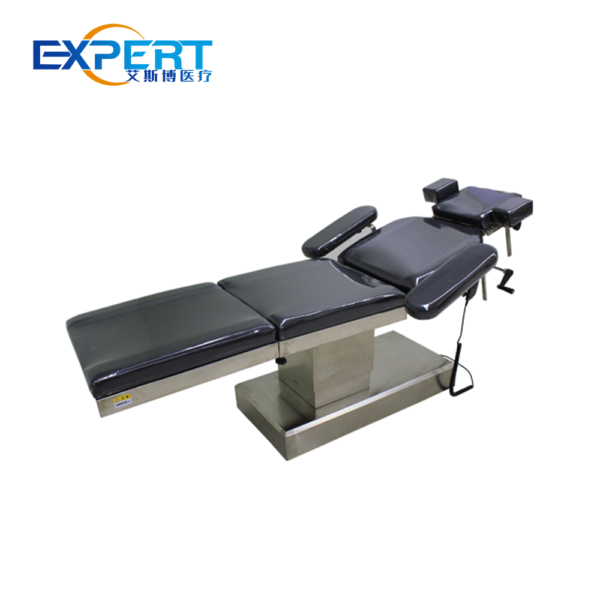
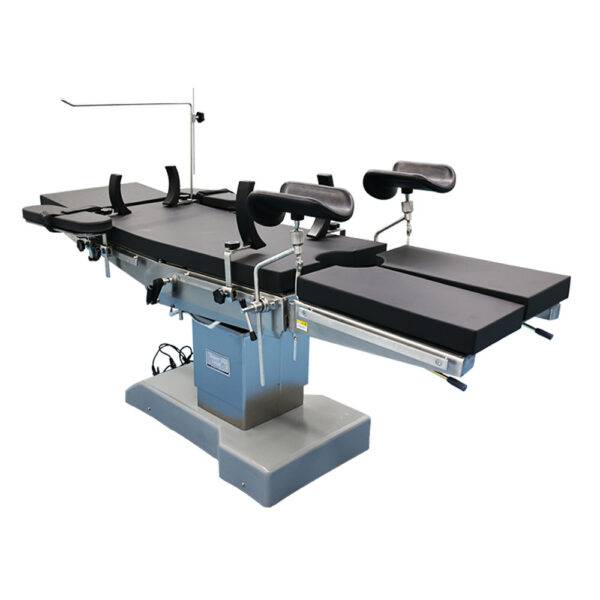

Ensuring patient safety and comfort is paramount in operating table selection. Consider the following aspects:
The table should allow surgeons easy access to the surgical site. Key considerations include:
Modern operating tables come with various features that enhance their versatility:
An operating table is a significant investment, and its durability is crucial:
| Caractéristique | Chirurgie générale | Orthopédique | Cardiovascular | Neurochirurgie | Pédiatrique |
|---|---|---|---|---|---|
| La stabilité | Haut | Très élevé | Haut | Très élevé | Modéré |
| Ajustabilité | Modéré | Haut | Haut | Haut | Modéré |
| Compatibilité d'imagerie | Modéré | Modéré | Très élevé | Haut | Faible |
| Modularity | Haut | Très élevé | Haut | Haut | Modéré |
| Capacité de poids | Haut | Haut | Haut | Haut | Faible |
| Fonctionnalités spéciales | Variable | Traction, Stability | Imaging Support | Precision, Stability | Size, Adjustability |
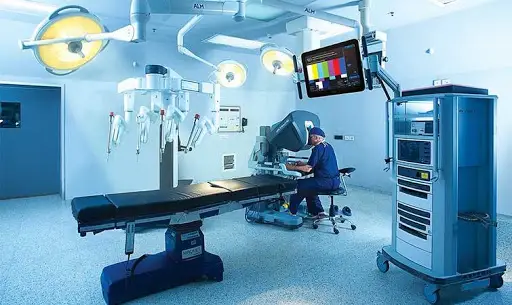
Before making a selection, assess the specific needs of your medical facility:
Focus on evaluating the features that matter most for your operations:
Consult with experts and other medical professionals who have experience with operating tables:
Choisir le bon table d'opération is a critical decision that affects the efficiency and success of surgical procedures. By considering factors such as patient safety, surgical accessibility, versatility, and durability, medical facilities can make informed choices that enhance their operational capabilities. Investing in a high-quality operating table tailored to the specific needs of different surgeries ensures better outcomes for patients and healthcare providers alike.
Key considerations include patient safety and comfort, surgical accessibility, versatility, durability, and specific features that cater to different types of surgeries.
Assess your facility’s specific needs, the types of surgeries performed, space constraints, and budget. Consult with experts and consider conducting clinical trials to evaluate the table’s performance.
Look for features such as adjustability, stability, imaging compatibility, modularity, weight capacity, and special features tailored to the surgeries you perform.
Material quality is crucial for the table’s durability and ease of maintenance. High-quality materials ensure longevity and resistance to wear and tear, making the investment cost-effective in the long run.
Many modern operating tables offer modular designs and the ability to add accessories. This allows customization to meet the specific needs of different surgical procedures.
Imaging compatibility is vital for procedures that require real-time imaging, such as cardiovascular surgeries. Tables that are compatible with C-arms and other imaging equipment enhance surgical precision.
Regular maintenance is essential to ensure the table’s functionality and safety. Follow the manufacturer’s guidelines for routine inspections, cleaning, and servicing to extend the table’s lifespan.
Yes, pediatric operating tables are designed to accommodate smaller patients and provide the necessary adjustability and safety features for pediatric surgeries.
Check the table’s specifications for stability features, such as a sturdy base and secure locking mechanisms. Testing the table under various conditions can also help ensure its stability.
The lifespan of an operating table depends on its quality, usage, and maintenance. High-quality tables with regular maintenance can last for many years, making them a valuable investment for medical facilities.